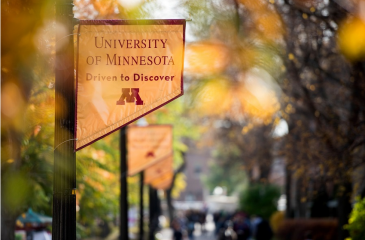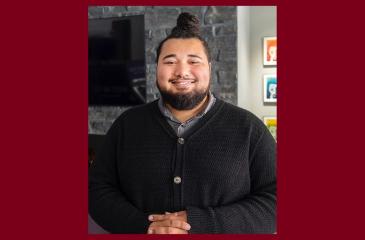The University of Minnesota’s Clinical and Translational Science Institute (CTSI) recently received $53.9 million in National Institutes of Health funding to find better, faster ways to bring scientific advances to real-world use.
The seven-year award is one of the largest federal research grants the University has ever received and the University’s third Clinical and Translational Science Award (CTSA).
“CTSI is vital not only to the University but to the entire state of Minnesota in promoting collaborative, innovative research and training by bridging disciplines, institutions and communities to advance knowledge and improve human health. This award signals confidence in the University of Minnesota’s ability to speed the delivery of more discoveries to all people in the state,” said Jakub Tolar, vice president for clinical affairs and dean of the U of M Medical School. “It reinforces our role as a top ten public research university, strengthens our research infrastructure across the University of Minnesota and beyond and augments what our researchers and Minnesota communities can accomplish.”
Over the past 12 years, CTSI has contributed to and collaborated with a national network of more than 60 medical research institutions who work together to improve the translational research process to get more treatments to more patients faster. Through their collaboration, researchers have opportunities to address system-wide scientific and operational problems in clinical and translational research that single teams can’t overcome.
Recent work from CTSI includes research showing metformin lowers the risk of getting long COVID, a telemedicine pilot to better support kids with autism, training for community educator “stroke champions” to help reduce stroke disparities and the creation of an app for integrating social determinants of health into patient care.
With the award, CTSI will place continued emphasis on accelerating clinical and translational research projects, training clinical research professionals, fostering community engagement and — in all aspects of their work — centering health equity to ensure that all Minnesotans benefit from scientific innovation. CTSI will continue to address rural health inequities in Minnesota and beyond, including a leadership and policy training program for rural community stakeholders and one of the nation’s first postdoctoral fellowships focused on rural health equity.
The grant will also provide critical support to CTSI’s efforts to strengthen its emphasis on local, regional and national partnerships. Work will be done in collaboration with CTSI’s three partners: Hennepin Healthcare Research Institute, M Health Fairview and the Minneapolis VA Health Care System.
“The grant provides critical funding so we can continue serving the University of Minnesota research community, engage local communities and build upon our existing work to expand the impact of health research,” said Bruce Blazar, a Regents Professor of Pediatrics, CTSI’s founding director and co-principal investigator on its CTSA award. “Our vision is to make healthcare better for everyone.”
“CTSI has been vital for many researchers at UMN and across the state,” said Daniel Weisdorf, a professor in the Medical School, deputy director of CTSI and co-principal investigator for the CTSA award. “In the past year alone, we have provided support for research project initiation, analysis and reporting to 642 research teams performing 1,578 separate projects. Through our collaborations with other CTSA hub sites, we can spread the impact of UMN research even farther.”
Now that the CTSA grant award has been received, CTSI anticipates being awarded additional funding from NIH for a K12 career development program and predoctoral and postdoctoral training programs. The additional awards are expected to increase funding by $9.3 million, for a total of $63.2 million awarded from NIH. The four awards function as a coordinated set of programs with shared vision, overarching goals, and joint leadership and activities, and will allow the University to pursue related supplemental funding opportunities in the future.



